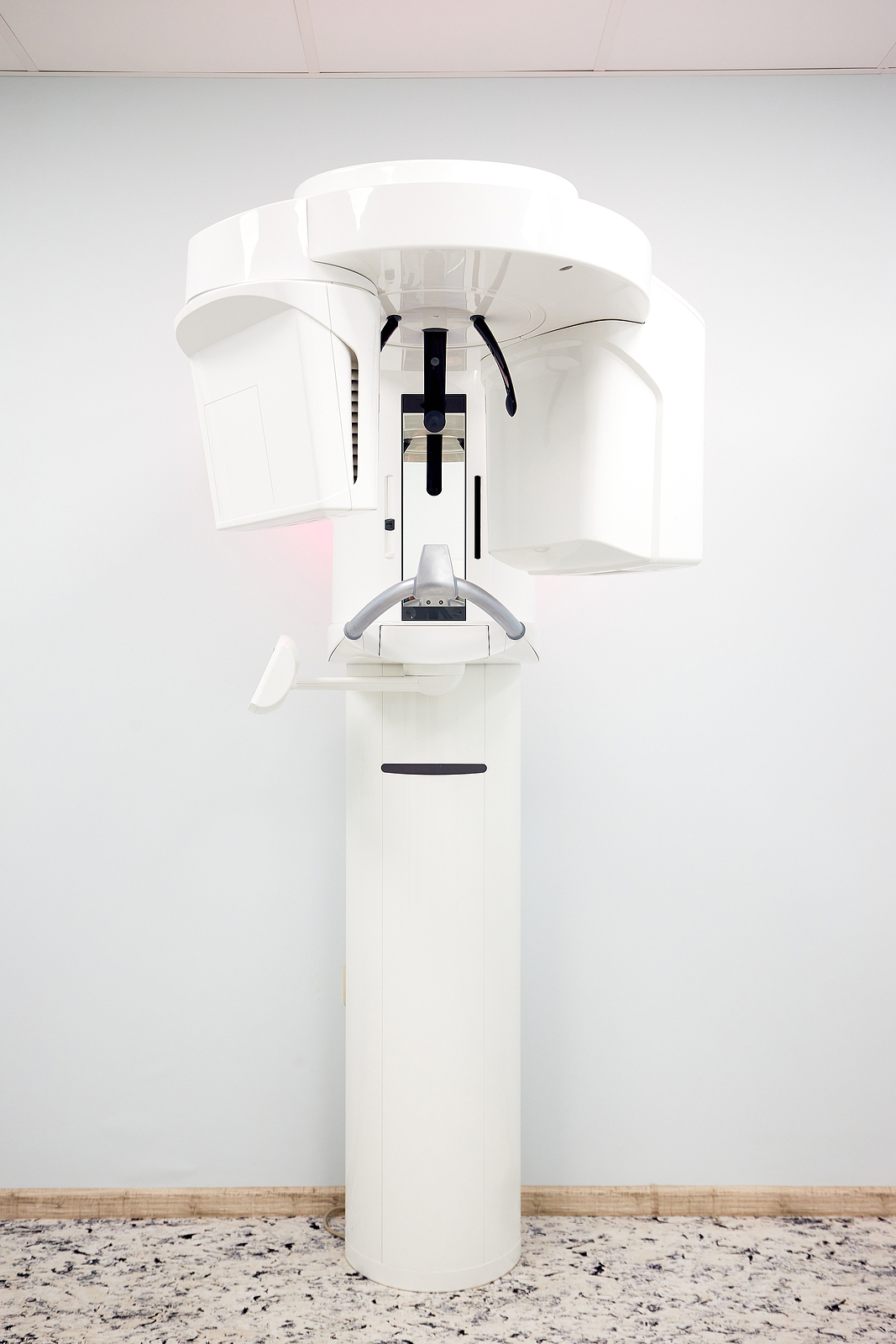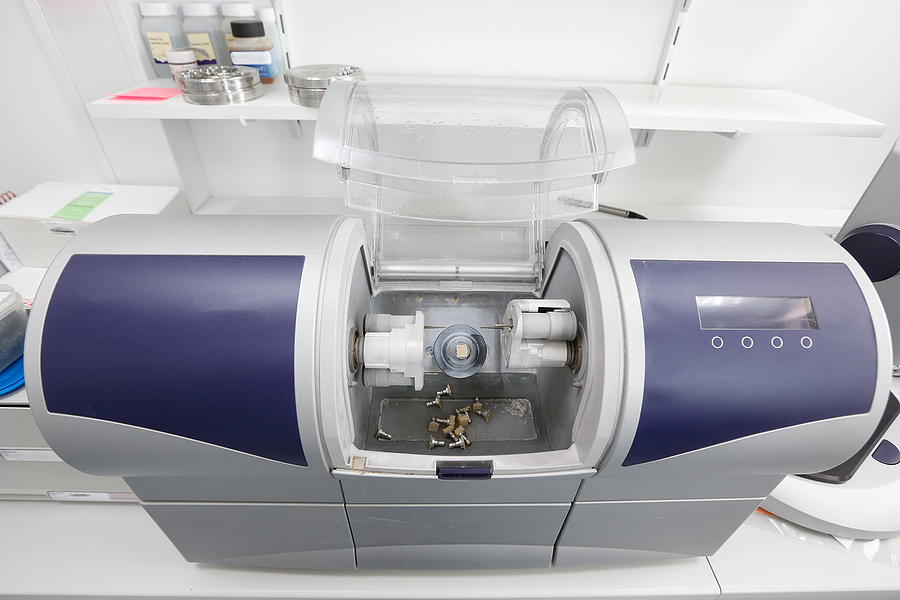Advanced Technology in Yuma, AZ
In this fast-paced digital age, technological advancements have revolutionized every aspect of our lives, including dentistry. Gone are the days of traditional methods and tools – now we have a whole array of cutting-edge techniques and equipment that take dental care to new heights.
What is Advanced Dental Technology?
Advanced dental technology refers to the use of innovative tools, techniques, and equipment in the field of dentistry. It encompasses a wide range of advancements that have transformed the way dental professionals diagnose, treat, and prevent oral health issues.
Advanced dental technology encompasses a range of innovative tools and techniques that enhance every aspect of oral care – from diagnostics to treatment planning to actual procedures themselves. By embracing these advancements, both dentists and patients benefit from improved accuracy, efficiency, and comfort throughout their dental experiences.
Types of Advanced Dental Technology
Dental technology has come a long way in recent years, revolutionizing the field and improving patient outcomes. Let's explore some of the different types of advanced dental technology that are making a significant impact.
1. Digital Impressions: Digital impressions have revolutionized the way dental professionals capture accurate and precise measurements of patients' oral structures. By utilizing advanced technology, digital impressions enable dentists to create virtual three-dimensional models of a patient's teeth and gums. These cutting-edge devices utilize optical lasers or intraoral cameras to scan the entire oral cavity with incredible precision, capturing every nook and cranny in exquisite detail. The captured data is then instantly transferred to a computer, where specialized software reconstructs the images into a virtual model that can be manipulated on-screen for analysis or used as a reference during various dental procedures. This innovative approach not only eliminates the discomfort associated with traditional impression materials but also significantly reduces inaccuracies caused by human errors or material inconsistencies. With digital impressions, dental professionals can seamlessly collaborate with laboratories for custom-made prosthetics, orthodontic aligners, and other restorative solutions while ensuring optimal patient comfort and satisfaction throughout their treatment journey.
2. Cone Beam Computed Tomography (CBCT):Cone Beam Computed Tomography (CBCT) in dentistry has revolutionized the field by providing a three-dimensional view of the oral and maxillofacial structures with remarkable precision. This advanced imaging technique utilizes a cone-shaped X-ray beam, capturing thousands of high-resolution images that are reconstructed into a comprehensive 3D model. With its ability to capture detailed images from various angles and perspectives, CBCT offers unmatched diagnostic accuracy in implant planning, orthodontic treatment assessment, endodontics evaluations, temporomandibular joint analysis, and airway assessments. Moreover, this technology also facilitates better communication between clinicians and patients as it vividly presents the intricacies involved in their specific cases. By aiding precise treatment planning decisions while minimizing patient discomfort through shorter scanning times compared to traditional methods like CT scans or panoramic radiographs, CBCT is undoubtedly transforming dentistry into an even more sophisticated discipline that prioritizes both effectiveness and patient care.

3. Laser Dentistry:Laser dentistry, a cutting-edge technique revolutionizing the dental landscape, harnesses the power of precise light beams to efficiently and comfortably treat various oral conditions. By utilizing focused laser energy, skilled practitioners can now perform delicate gum surgeries with unparalleled accuracy, eliminating the need for incisions and sutures. Moreover, this remarkable technology aids in cavity detection by highlighting areas of decay that are invisible to the naked eye. Under the gentle guidance of lasers, these cavities are then effectively eradicated without causing discomfort or damage to surrounding healthy tooth structures. Furthermore, patients suffering from teeth discoloration can revel in newfound confidence as laser dentistry offers swift and efficient teeth whitening treatments that yield dazzling results within a single session. In addition to its cosmetic applications, lasers also facilitate endodontic procedures by expertly disinfecting root canals while ensuring minimal trauma to adjacent tissues. Overall, laser dentistry epitomizes a progressive leap forward in oral healthcare that promises enhanced precision and patient satisfaction across an array of dental treatments.
4. CAD/CAM Technology:CAD/CAM technology in dentistry has revolutionized the way dental professionals design and create various dental prostheses, such as crowns, bridges, and implant restorations. This sophisticated system combines computer-aided design (CAD) software with computer-aided manufacturing (CAM) equipment to optimize precision, speed, and efficiency in fabricating custom-made dental restorations. With CAD/CAM technology, digital impressions of patient's teeth can be taken using intraoral scanners instead of traditional messy impression materials. These digital scans are then converted into accurate 3D models that can be manipulated on the computer screen using specialized software. Dental technicians or dentists utilize this software to fine-tune each restoration's shape, size, color, and occlusion before sending it to a milling machine for CAM fabrication. The milling machine crafts the final restoration from a solid block of ceramic or composite material with remarkable accuracy within minutes or hours rather than days required by conventional methods. Moreover, CAD/CAM technology also enables immediate chairside adjustments if necessary for an optimal fit without needing new impressions or temporaries. By seamlessly integrating advanced computer technologies into routine dental procedures, CAD/CAM systems provide clinicians unprecedented control over treatment outcomes while ensuring patient satisfaction through superior aesthetics and functional results.
5. Digital Smile Design (DSD):Digital Smile Design is an innovative approach that combines cutting-edge technology with meticulous planning, allowing dental professionals to create personalized treatment plans tailored specifically to each patient's unique facial features and desires. Through advanced digital imaging software, this technology offers a comprehensive analysis of the patient's current smile and facial structure. By using this technique, dentists can explore various aesthetic possibilities by manipulating images in real time, ensuring that the final result aligns perfectly with the patient's expectations. The use of DSD empowers both dentists and patients alike as they embark on a collaborative journey toward achieving an ideal smile transformation. With its emphasis on customization and attention to detail, Digital Smile Design is redefining what it means to create a picture-perfect smile that truly reflects an individual's personality and enhances their overall appearance - all while instilling confidence within each person who undergoes this transformative process.
6. CEREC: CEREC, which stands for Chairside Economical Restoration of Esthetic Ceramics, revolutionizes the field of dentistry with its cutting-edge technology and efficient processes. This innovative system enables dental professionals to design, create, and place high-quality ceramic restorations in a single appointment. By harnessing computer-aided design (CAD) and computer-aided manufacturing (CAM), CEREC eliminates the need for messy impressions and time-consuming temporary crowns. CEREC streamlines the restoration process by utilizing optical imaging to capture precise 3D images of patients' teeth. These digital impressions are then transferred to a chairside computer where highly skilled dentists can digitally sculpt restorations that seamlessly blend with existing tooth structures. With this state-of-the-art technology at their fingertips, practitioners can produce natural-looking crowns, veneers, inlays, onlays, and even bridges within minutes using durable ceramic materials that mimic real teeth both aesthetically and functionally. Not only does CEREC save valuable time for both patients and dentists alike, but it also ensures superior accuracy in fitment while reducing discomfort during procedures—truly marking a new era in dental care provision.

These are just a few examples of how advanced dental technology is transforming modern dentistry by improving accuracy, efficiency, and overall patient experience.
Benefits of Advanced Dental Technology
Advanced dental technology has revolutionized the field of dentistry, offering numerous benefits to both patients and professionals.
- One of the key advantages is improved accuracy and precision during dental procedures. With advanced tools such as digital imaging systems and intraoral cameras, dentists can obtain clear, high-resolution images of a patient's teeth, gums, and jaws. This allows for more accurate diagnoses and treatment plans.
- Another benefit is enhanced comfort for patients. Advanced dental technology has led to the development of minimally invasive techniques that reduce pain and discomfort during procedures. For example, lasers are now used in various treatments to eliminate the need for traditional drilling or incisions.
- Furthermore, advanced dental technology enables faster treatment times. With tools like CAD/CAM systems, dentists can create custom-made crowns or veneers in just one visit instead of multiple appointments over several weeks.
- Moreover, these technological advancements have also improved patient education. Dentists can use 3D models or virtual reality simulations to explain complex procedures visually to their patients. This not only helps them understand their oral health better but also increases trust in their dentist's expertise.
- In addition to all these benefits, advanced dental technology promotes overall oral health by allowing early detection of issues such as cavities or gum disease through diagnostic tools like fluorescence devices. Early intervention leads to more successful outcomes and prevents further complications down the line.
It is evident that advanced dental technology offers a wide range of benefits – from increased accuracy and comfort during procedures to faster treatment times and improved patient education – making it an invaluable tool in modern dentistry.
Conclusion
In today's fast-paced world, advanced dental technology has revolutionized the way we approach oral healthcare. From digital imaging to laser dentistry, these advancements have not only improved accuracy and precision but also enhanced patient comfort and satisfaction.
By harnessing the power of technology, dentists can now diagnose oral health issues at an early stage, leading to more effective treatment plans. Whether it's using intraoral cameras to capture detailed images or employing computer-aided design and manufacturing (CAD/CAM) systems for creating custom dental restorations, advanced dental technology is reshaping the field of dentistry.
Moreover, these technological advancements have significantly reduced treatment time and discomfort for patients. Procedures that once required multiple visits and lengthy recovery periods can now be completed in a single appointment with minimal pain or downtime.
Advanced dental technology continues to push boundaries in providing exceptional care for patients around the globe. As research advances further and new technologies emerge on the horizon, we can expect even more exciting developments that will shape the future of dentistry.
So next time you visit your dentist's office and spot some cutting-edge equipment or hear about innovative techniques being used – embrace it! Embrace this new era where science meets smiles because it brings us one step closer to achieving optimal oral health for all. For more information and to schedule an appointment with our dentists in Yuma, AZ 85365, call us at (928) 344-3177.
Office Hours
MON7:00 am - 5:00 pm
TUE7:00 am - 1:00 pm
WED - THU7:00 am - 5:00 pm
FRI7:00 am - 12:00 pm
SAT - SUNClosed


